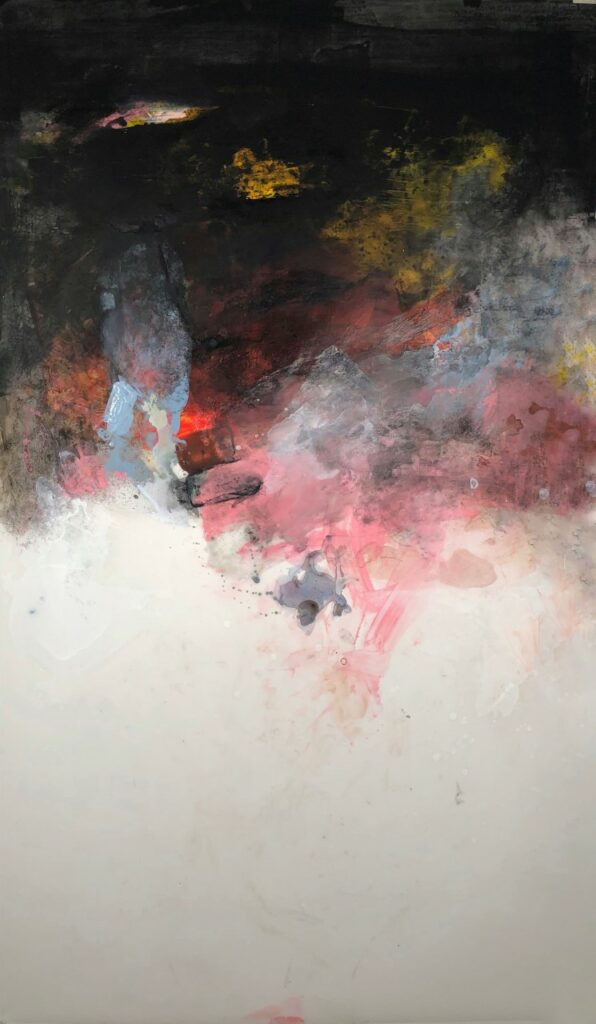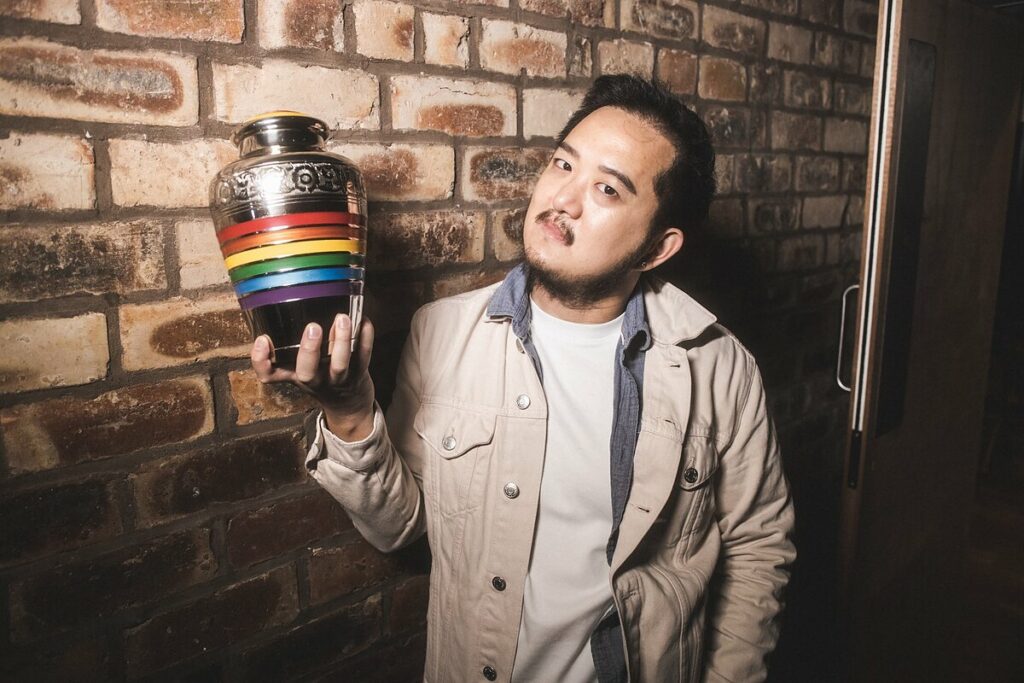Today, I want to shine a light on BIPOC Buddhist monastics. As our world becomes more culturally diverse and accepting, we’re witnessing how the Dharma (the Buddha’s teachings) drives growth and creates spaces for the blossoming of lotuses in diverse communities. BIPOC Buddhist monastics, by embracing their authentic selves, serve as powerful examples of how living in alignment with the Dharma can inspire others to blossom like lotuses. Their presence and practice not only affirm the beauty of diversity within Buddhism but also help pave the way for world peace and the end of racism. By simply being who they are, these monastics challenge and transcend societal barriers, offering a path to healing and unity in a world that deeply needs it.
Asian and Black Buddhist communities have the unique opportunity to come together and create safe spaces for BIPOC cultural healing by drawing on shared values and rich ancient spiritual traditions. By joining forces, we can build bridges between our communities, nurturing mutual respect and understanding while addressing the wounds of historical trauma and racial injustice. These collaborations can serve as sanctuaries where individuals find solace, empowerment, and the strength to heal collectively, which ultimately contributes to a more compassionate and inclusive world.
We all have a role to play in promoting world peace and inclusivity by actively honoring BIPOC stories, history, and culture while empowering BIPOC voices. This begins with listening—truly hearing the experiences and perspectives of BIPOC individuals and communities. It involves educating ourselves and others about the rich histories and contributions of these communities, and challenging the narratives that have historically marginalized them. By uplifting BIPOC voices in our daily lives, workplaces, and social circles, we help create a world where diversity is not just accepted but celebrated. In doing so, we contribute to a more just and peaceful world, where every individual is valued.
杰遨-Jarrelle
和平世界 (Hépíng Shìjiè) – “A World of Peace”






